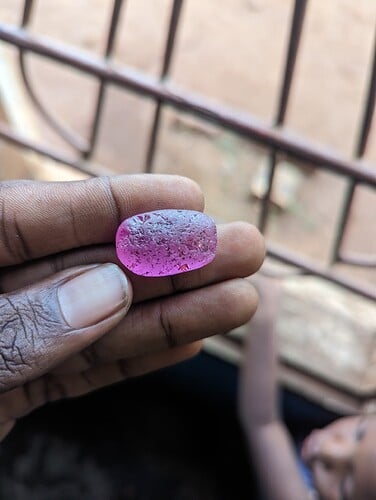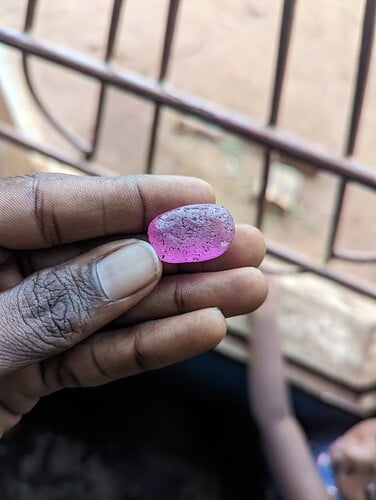Hey everyone… I have found this piece of purplish pink from local miners who were walking on alluvial deposit, first time I touched the stone it make me wonder how beautiful it was and clean, I have never met with this kind of stone, it was having little inclusions on it side so I decided to take it to the lab for more verification to see if it’s natural stone. The lab tested the stone and give me certificate to verify it’s genuine. But I met with couple ppl and said it might be synthetic bcoz it’s too clean inside. my question is, is it possible for synthetic sapphire to not showing any features or pattern to indicate it made from the lab ? Is cleaness can be the factor for gemstones to identify as synthetic especially those come from alluvial deposit?
3 Likes

